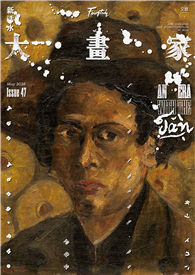The Conjure Man is a magical realist novel in so far as the events of the novel move with a dream-like quality that exposes layer after layer of an ever-shifting reality. In this respect it is similar to the novels of Gabriel García Márquez. But the texture of the novel is Southern Gothic, more reminiscent of William Faulkner. Finally, it is also a coming of age story that mirrors Mark Twain’s Huck Finn.
The story: After Thaddeus Jacobs, the adopted son of a traveling preacher, is found naked with a young woman, he is expelled from the only family he has ever known. Guided by visions and a mysterious voice, he makes his way to a coastal South Carolina island, where he struggles to make his peace with God and himself in spite of his own strange cravings and the superstitious hatred of the islanders, who think he is the devil. The price of his inner peace, however, is absolute isolation, and it is only when he meets Kilby, a thirteen-year-old boy, that he rediscovers what it means to be human.
Part myth, part fable, part satire, and part coming-of-age story, The Conjure Man plumbs the emotional depths of the human psyche in prose both dreamlike in the images it conjures and intensely vivid in the psychology it reveals. Told from the alternating viewpoints of Kilby and Thaddeus, it depicts a world where magic does exist, and miracles are possible.







![塔木德:猶太人的致富聖經[修訂版]:1000多年來帶領猶太人快速累積財富的神祕經典 塔木德:猶太人的致富聖經[修訂版]:1000多年來帶領猶太人快速累積財富的神祕經典](https://media.taaze.tw/showLargeImage.html?sc=11100697818)



